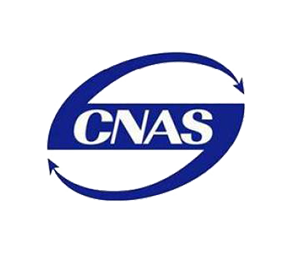1. What Is a 1-1/2 Inch Polyethylene Water Pipe?
A 1-1/2 inch polyethylene water pipe refers to a plastic pressure pipe with an outer diameter (OD) of 1.5 inches (approximately 38.1 mm), commonly used for water supply, irrigation, and plumbing applications. Made from high-density polyethylene (HDPE) or low-density polyethylene (LDPE), this type of pipe is known for its flexibility, toughness, and long service life.
Standard specifications include:
Size: 1-1/2 inch (OD: 38.1 mm)
Wall thickness: Varies depending on pressure rating; e.g.,
PN10: ~3.5 mm wall thickness
PN16: ~4.5 mm wall thickness
Length: Typically sold in 1000 ft rolls (305 meters) for large-scale applications. Shorter lengths like 100 ft or 500 ft are also available.
Pressure ratings: Common working pressure levels include PN6, PN10, and PN16, suitable for different flow rates and project demands.
Color coding: Usually black with blue stripes, indicating suitability for potable water supply.
Material grade: Food-grade, UV-resistant HDPE or LDPE
Connection methods:
Compression fittings
Barbed fittings with stainless steel clamps
Heat fusion (butt fusion or electrofusion)
Threaded adapters (for transitions to metal pipes)
Its continuous coil design (1000 ft) reduces the number of joints required, minimizing potential leak points and installation time—ideal for long-distance or large-area installations.
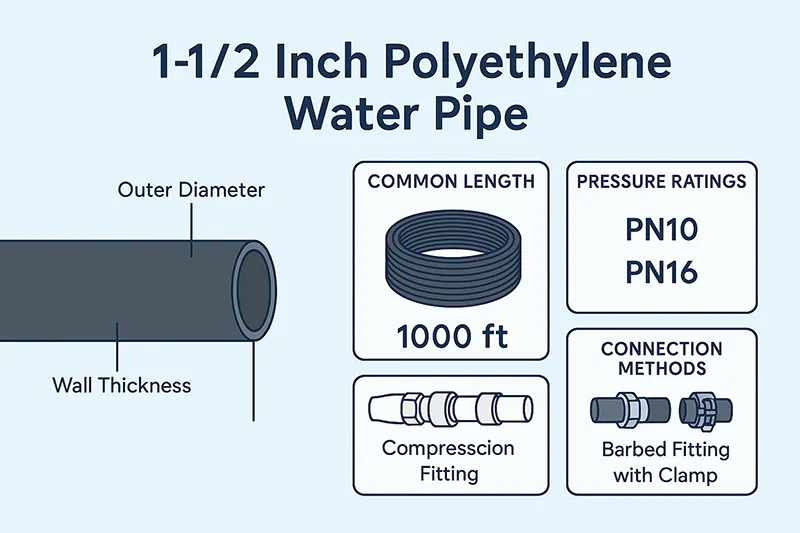
2. 1-1/2” Polyethylene Pipe vs. PVC Pipe: Which One Should You Choose?
Choosing between polyethylene (PE) pipe and PVC pipe depends on the needs of your project, especially in terms of flexibility, pressure rating, chemical resistance, and installation method. Here's a detailed comparison:
| Feature | 1-1/2” Polyethylene Pipe | 1-1/2” PVC Pipe |
| Flexibility | High – can bend around corners and obstacles | Rigid – requires fittings for every direction |
| Installation | Easy to roll out and join with simple tools | Requires cutting, priming, gluing, and more fittings |
| Jointing Methods | Compression, clamps, heat fusion | Solvent welding (glue) |
| Corrosion Resistance | Excellent – resistant to rust, acids, salts | Very good – but not suitable for all chemicals |
| UV Resistance | High (especially with carbon black additives) | Requires UV-resistant coating or burial |
| Durability in Freezing | Excellent – pipe expands without cracking | Poor – rigid structure may crack under freeze |
| Water Hammer Tolerance | Good – pipe absorbs pressure surges | Lower – may fail under rapid pressure changes |
| Typical Lifespan | 50+ years (with proper installation) | 30-40 years |
| Cost | Slightly higher initial cost, lower labor cost | Lower material cost, higher fitting/labor cost |
3. Common Applications of 1-1/2 Inch Polyethylene Water Pipe
Thanks to its versatility, strength, and long roll design, the 1-1/2 inch polyethylene pipe is widely used in various water-related systems:
Agricultural Irrigation
Main lines for drip irrigation systems
Distribution pipelines in sprinkler setups
Greenhouse watering systems, due to its flexibility and UV resistance
Residential & Rural Water Supply
Potable water delivery from wells or tanks
Garden and yard hose main lines
Off-grid plumbing systems (cabins, farms)
Industrial & Commercial Use
Water transfer pipelines in construction sites
Factory cooling systems
Chemical-resistant transport lines (if HDPE)
Quick Reference: Pipe Size, Wall Thickness, and Pressure Rating
HDPE vs. LDPE in 1-1/2" Pipes: What’s the Difference?
When choosing a 1-1/2 inch polyethylene pipe, understanding the difference between HDPE (High-Density Polyethylene) and LDPE (Low-Density Polyethylene) is critical. Both are types of polyethylene but vary significantly in performance, strength, and ideal use cases.
Material Structure Comparison
| Property | HDPE (High-Density) | LDPE (Low-Density) |
| Density | ~0.941–0.965 g/cm³ | ~0.910–0.940 g/cm³ |
| Tensile Strength | High (20–37 MPa) | Low to Medium (8–15 MPa) |
| Flexibility | Moderate | Very High |
| Maximum Pressure Rating | Up to 16 bar (PN16) | Typically low, non-rated |
| Temperature Range | -40℃ to +60℃ | 0℃ to +50℃ (not for freezing) |
FAQ: 1-1/2 Inch Polyethylene Pipe
Q1: Can I use this pipe for drinking water?
Yes, if it’s made from food-grade HDPE with certification (e.g., NSF or FDA approved), it's safe for potable water.
Q2: Is it suitable for underground use?
Absolutely. Its resistance to chemicals, roots, and UV (if buried) makes it ideal for underground installations.
Q3: What temperature can it withstand?
Typically:
Working temperature: -40℃ to +60℃
Not suitable for hot water systems unless labeled as PE-RT or PEX.
Q4: Can I cut and connect it myself?
Yes. Use ratchet pipe cutters and compression fittings or clamp/barb systems. No need for glue or heat fusion for small projects.

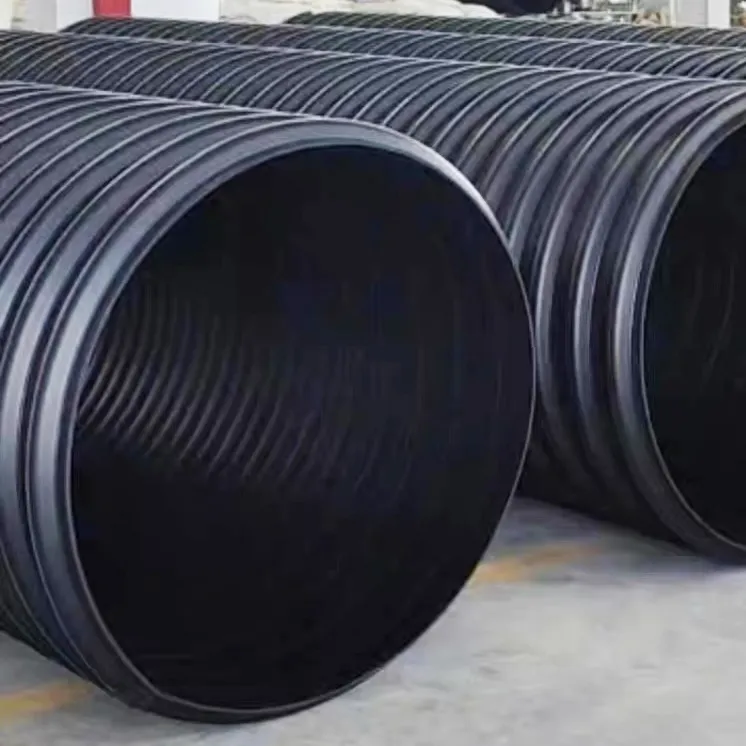
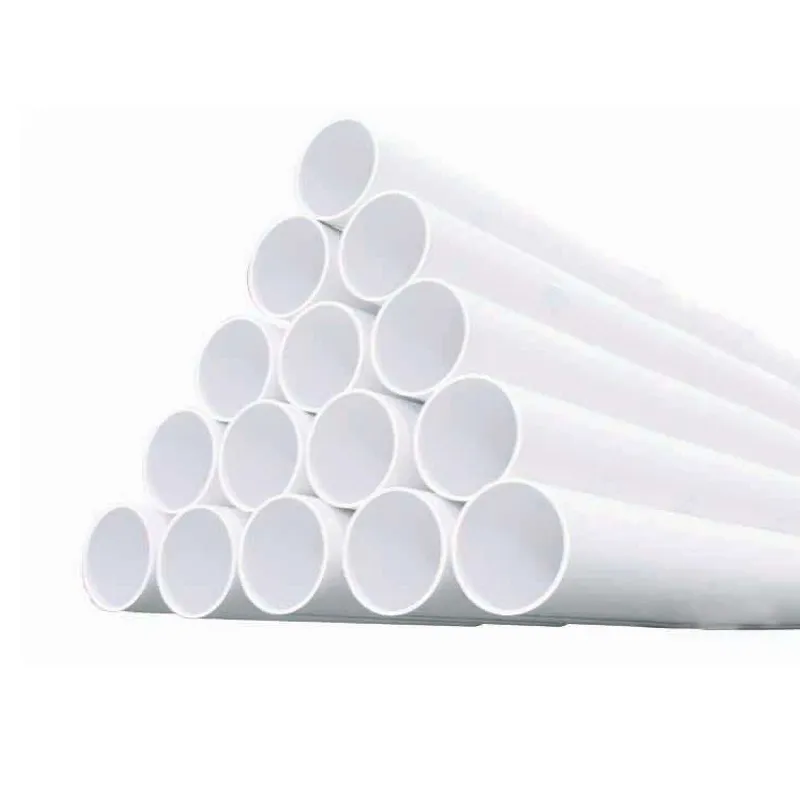
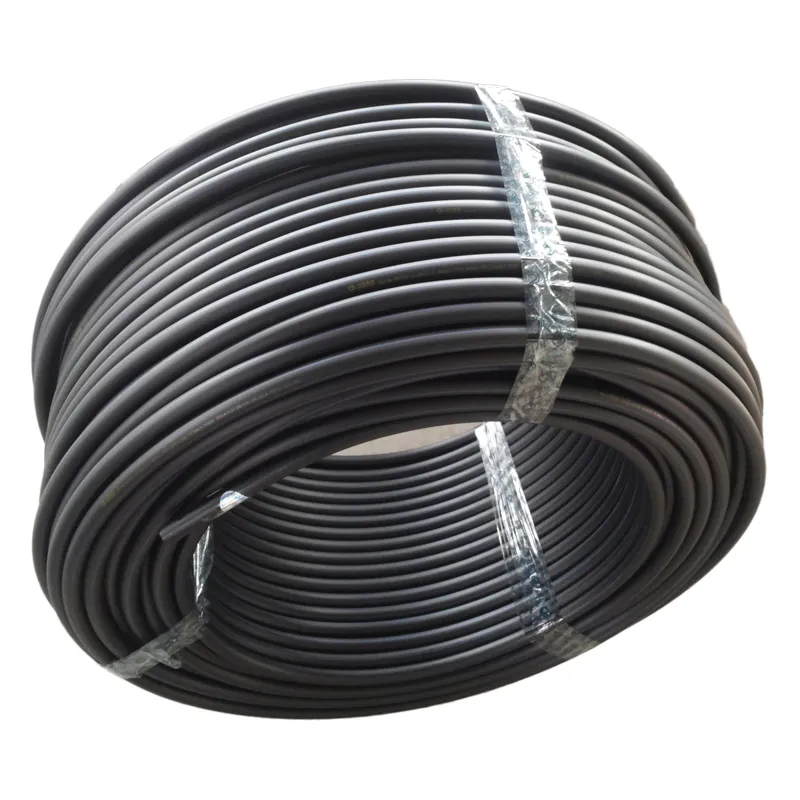
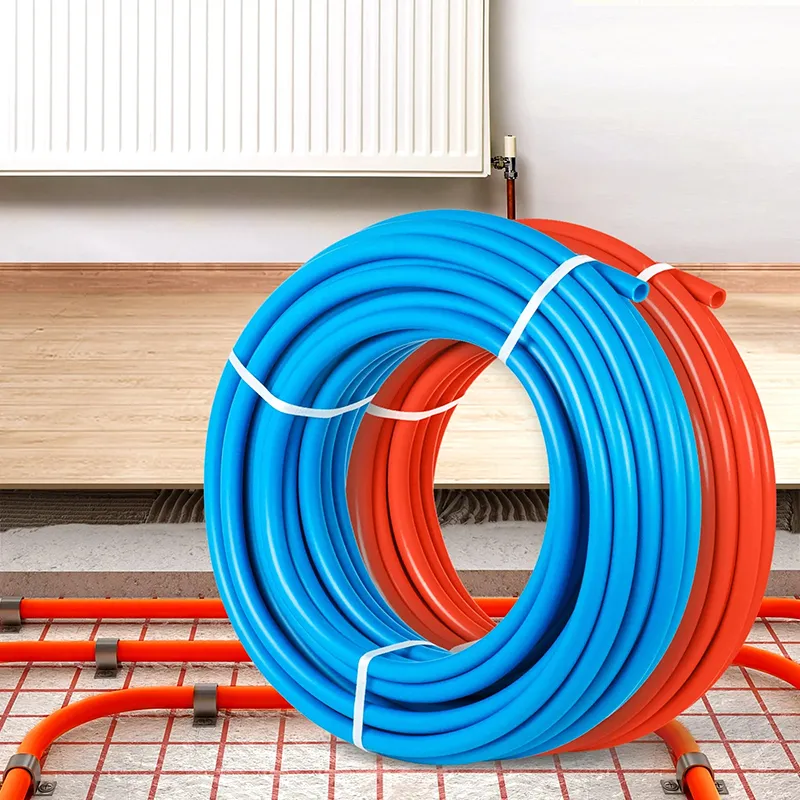
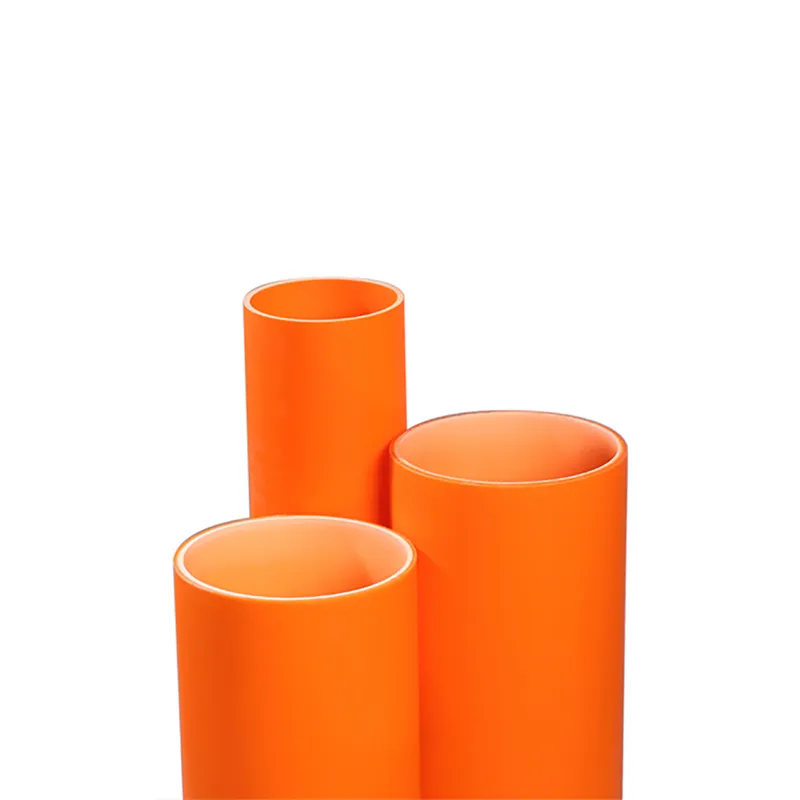
294.webp)
476.webp)
420.webp)
146.webp)
460.webp)
287.webp)
274.webp)
688.webp)

